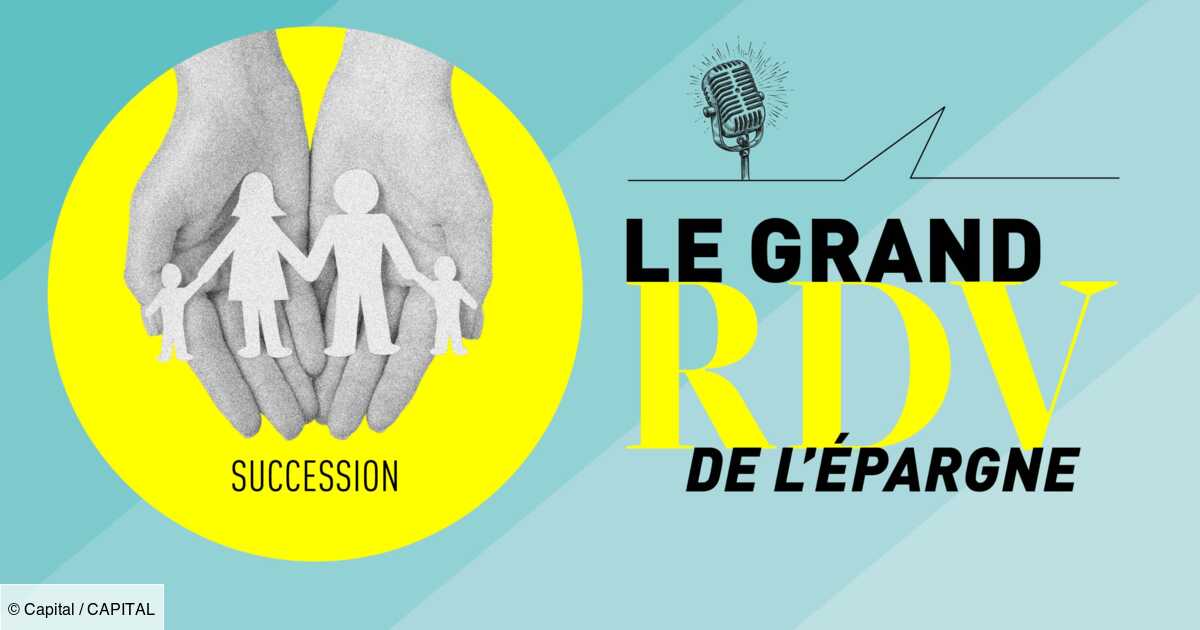Summary
See more
See less
What is employee savings?
Employee savings: definition
Employee savings are a collective savings system implemented within certain companies. Its principle lies in the payment with each employee of‘part of the company’s profits or performancewhich takes the form of immediate liquidity or a savings placement. The main mechanisms are profit -sharing and participation.
Implementation of profit -sharing and participation
All companies, regardless of their legal form or their number of employees, can set up employee savings. She is subject to a Agreement between the company and employeesespecially in the context of profit -sharing. Participation is a compulsory system for all companies with more than 50 employees in the last five years.
What is a employee savings account?
The employee savings account is the support on which these sums are deposited When they are not immediately perceived, but placed in a savings plan (such as a PEE or a business per). In other words, employee savings is the mechanism, and the employee savings account is the tool that allows you to manage it.
How to access your employee savings account?
Each company entrusts the employee savings management to a specialized organization (Ex.: Amundi, BNP Paribas Savings & Retirement, AXA, etc.). It is possible to find the name of this organization on its pay slips (especially when paying profit -sharing or participation), in the documents provided or by asking for the HR service.
How does employee savings work?
Devices to build savings
Employee savings is based on two types of value sharing device. The first allows employees to build up savings. He includes:
- PPV (value sharing bonus) or profit -sharing or participation;
- the voluntary payments of the employee or the company.
Since 2025, a five -year experiment has imposed on companies with 11 to 49 employees, achieving a tax net profit at least 1 % of turnover For three consecutive exercises, to set up a value sharing mechanism. The sums from the PPV can also be placed in employee savings.
Savings products to place your money
The second lies in supports making it possible to constitute this savings. We find:
- The business savings plan (PEE).
- The inter -company savings plan (PEI).
- The Savings Plan for Collective Retirement (PERCO).
>> Our service – save money by testing our comparator of savings booklets
What are the advantages of employee savings?
Advantages for the company
Thanks to employee savings, companies Loyalty their employees. It brings them an additional motivation, since the results of the company have a direct impact on their portfolio. It also helps to strengthen collective engagement around performance objectives.
Advantages for employees
Employee savings represents a additional income For employees. They can build up available savings in the medium or long term. In addition, the sums received in the context of profit -sharing and participation are exempt from social contributions. The employee can, on conditions, benefit from a tax exemption when the sums are placed on a savings plan.
What is profit-sharing in a business?
Interest: definition
Profit -sharing is a Volunteer bonus linked to the performance of the company. The results or performance criteria are set by the company in accordance with certain rules. Insection cannot replace a remuneration element. The sums can be paid to the employee or be filed on a employee savings plan according to his wish.
Company savings plan (PEE) and Savings plan for collective retirement (PERCO)
THE employee savings plans can take two forms:
- The PEE allows employees to build up a securities portfolio with business assistance. The sums are blocked at least five years, except in cases of exceptional releases.
- The Perco gives the possibility of building savings which will supplement retirement.
As part of a PEE or a percoh, the employer can pay a financial contribution in addition to the voluntary payments of the employees. These are the subscription.
Calculation and ceiling of the profit -sharing bonus
Insection results from a calculation formula linked to the results or performance of the company. The distribution can be uniform, proportional to the salary or time of presence of the employee or to a combination of these criteria. This premium is capped for the employee at 75 % of the annual social security ceiling, or 35 325 euros in 2025.
The profit -sharing supplement
The company can also pay a profit -sharing supplement to its employees. But the accumulation of the supplement and the premium must not exceed the annual ceiling of 35,325 euros. This supplement is optional and decided by the employer, often depending on the exceptional results or a collective performance.
Avenir climate savings plan (PEAC): opening, payment and ceiling
What is participation in a business?
Profit bonus in profits: definition
Participation is a system providing for redistribution of part of the company’s profits for the benefit of employees. The employee can request the immediate payment of the sums or place them on a employee savings account: PEE, Perco, etc. In retirement, the sums are available in the form of a rent or capital if the company agreement provides for it.
The amount of the premium depends on the rules set by the participation agreement. Participation is also compulsory as soon as the company has used 50 employees in the past five years.
Distribution of participation
The distribution of the premium between employees can be uniform, proportional to the salary or time of presence of the employee or combine several of these criteria. The pact law provides for a more egalitarian distribution when it is proportional to wages.
Calculation and ceiling 2025
Its amount results from the profits made by the company. This calculates the share of the profits to be distributed to employees, most frequently according to a formula fixed by law. The amount of wages taken into account cannot exceed the revalued ceiling according to social security allowances. The amount of the participation is capped at 35 325 euros in 2025.
Party
The company must pay the participation premium at the latest The last day of the fifth month which follows the closure of the financial year (before June 1ᵉʳ of the following year). When the employer informs the employee of the amount of his participation, he has the choice between requesting the immediate payment or placing the premium on a employee savings plan.
If the participation agreement provides, the company may pay the employee quarterly advances On the annual premium, after obtaining his agreement.
Participation supplement
The company can also pay an additional participation, of which The amount is free. However, it should not exceed the ceiling in force. This payment is optional and allows the employer to reward his employees more in the event of good results.
Ordinary securities (CTO): definition, opening and taxation
When can you withdraw your employee savings?
The sums paid on a PEE are blocked for five years. At the end of this period, the employee can withdraw them, leave them invested or transfer them to a time savings account (CET). For the sums placed on a corporate retirement savings plan, the funds are in principle blocked until retirement, except in the event of early release.
What reasons to unlock your employee savings in early way?
Please note, the employee’s release request must be made within six months from the occurrence. In principle, under certain conditions, the account may be anticipated. Especially in case of:
- marriage ;
- PACS;
- birth of a third child;
- domestic violence;
- breach of the employment contract …
Of new cases of early release From a PEE has existed since 2024. It is therefore possible to unlock your PEE to finance expenses related to the energy renovation of a main residence, to be engaged as a close caregiver or for the purchase of a clean vehicle.
Is employee savings taxable?
Under profit -sharing
The sums received are subject to social security contributions and income tax, Unless they are assigned to a PEE or a percoh in the 15 days of their payment within the limit of 35,525 euros in 2025. PEE and Perco benefit from an advantageous diet. The sums are invested in products reserved for employee savings: SICAV, FCPE, SICAVAS.
Under participation
The sums resulting directly from the participation are subject to social security contributions, but are income tax exempt If they remain blocked on a employee savings account. The employee therefore has an interest in opting for the placement in order to fully benefit from the tax advantages and prepare a future project or his retirement.
Employee savings and employee shareholding: what difference?
Collective employee shareholding: principle
Employee shareholding can also take a collective form through theAssignment of free shares. It is not strictly speaking a employee savings system, but the company encourages all of its employees to become shareholders through their PEE. The company can also practice managerial shareholding by reserving the opening of capital to its executives.
Allocation of securities at reduced prices
Simplified joint -stock companies can propose titles to their leaders and employees. As part of a capital increase reserved for PEE members, the PACTE law also provides that the price of subscription of the securities can be 30 or 40 % lower than the market price.
Are savings plans subject to the social package?
Since January 1, 2019 (article 16 of the social security financing law), the companies under 50 employees benefit from the exemption from the social package. And this, for the sums paid under participation and the employer’s subscription invested on a employee savings plan. Are concerned:
- Business savings plan (PEE);
- Group savings plan (PEG);
- Inter -company savings plan (PEI);
- Savings plan for collective retirement (PERCO).
Receive our latest news
Each week, the flagship items to accompany your personal finances.











